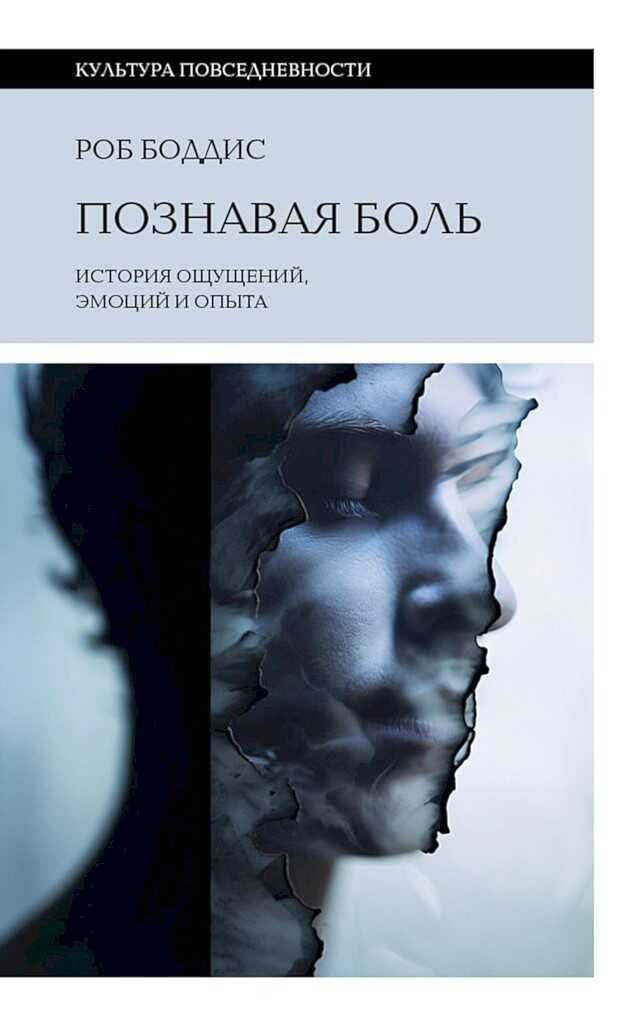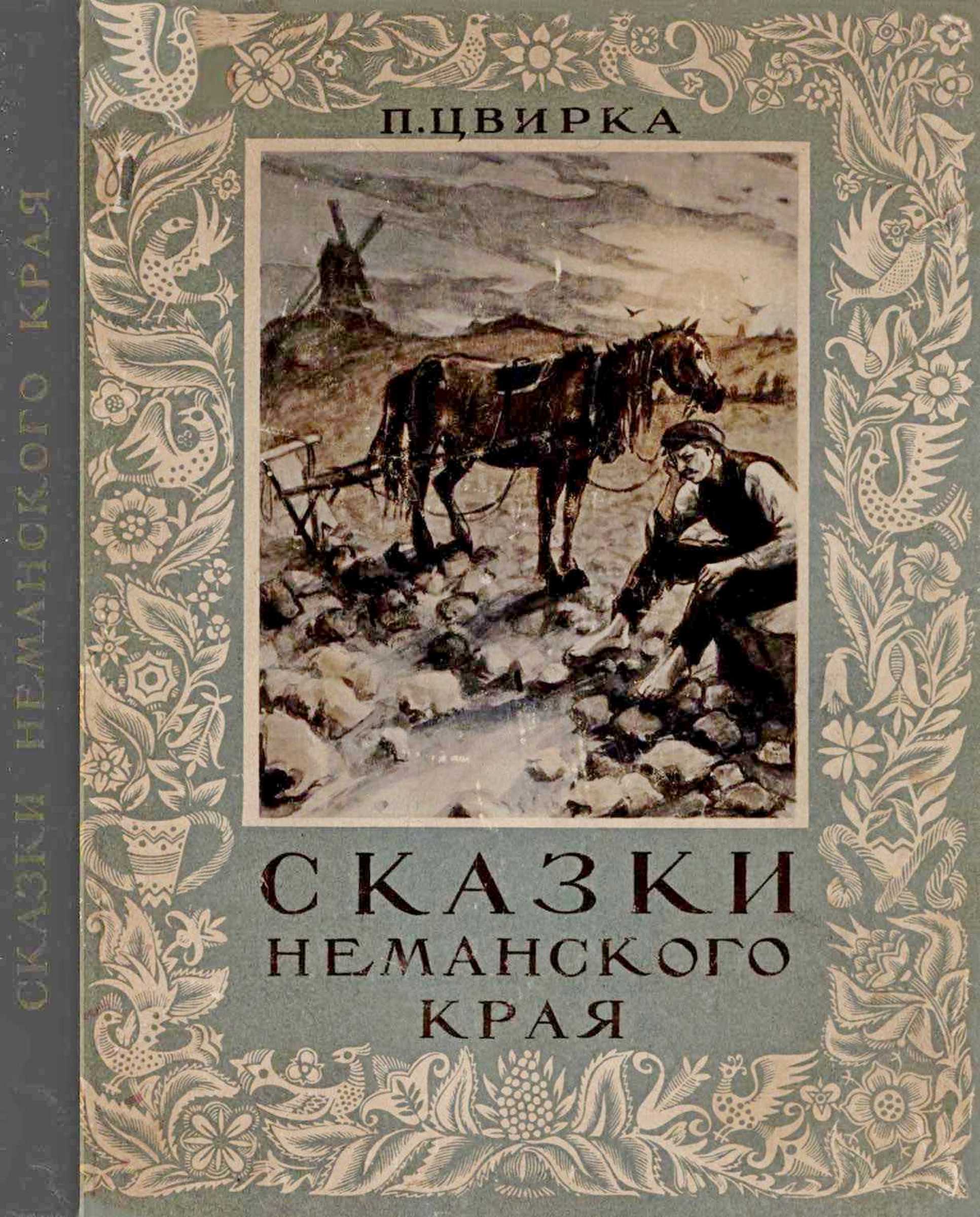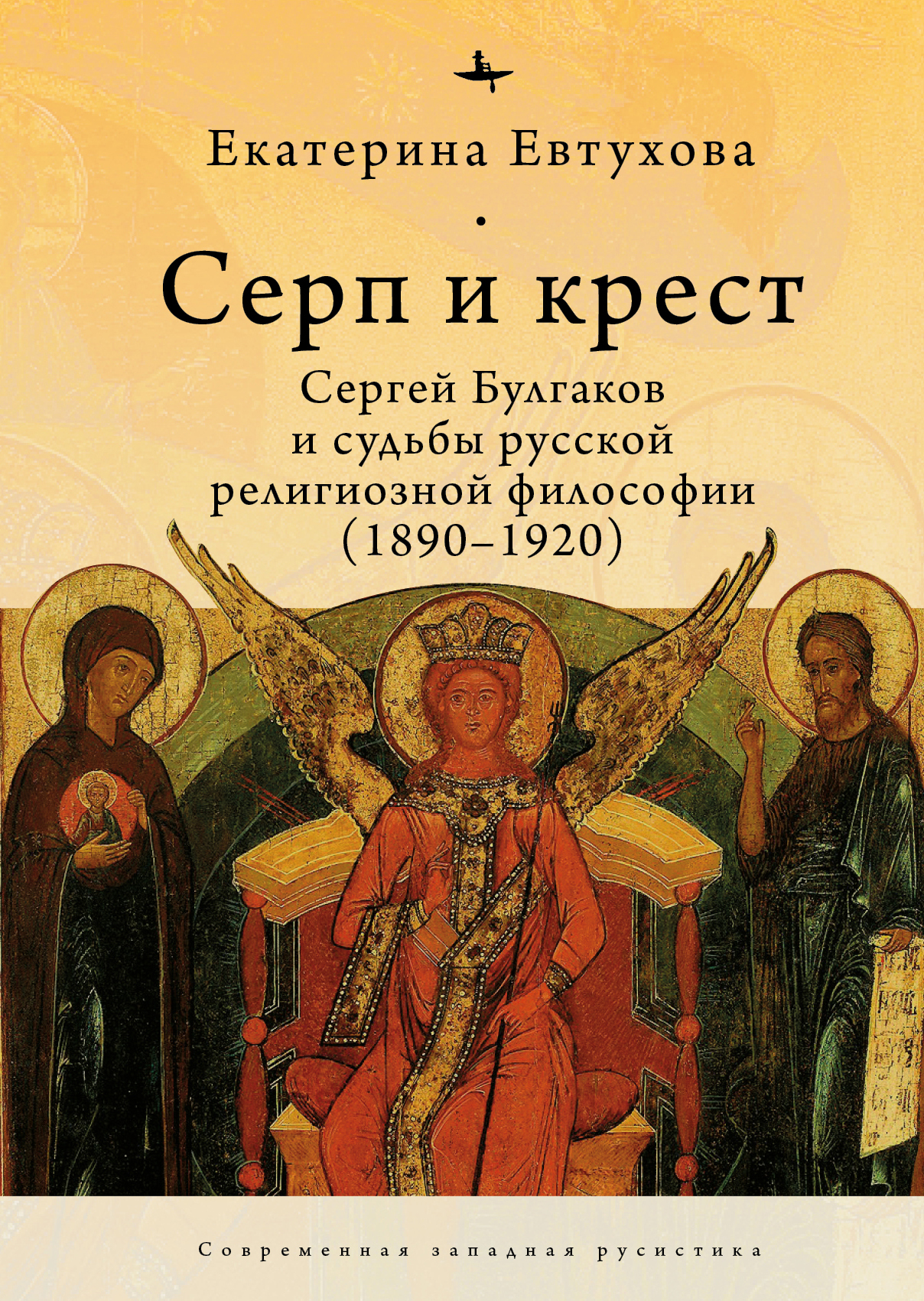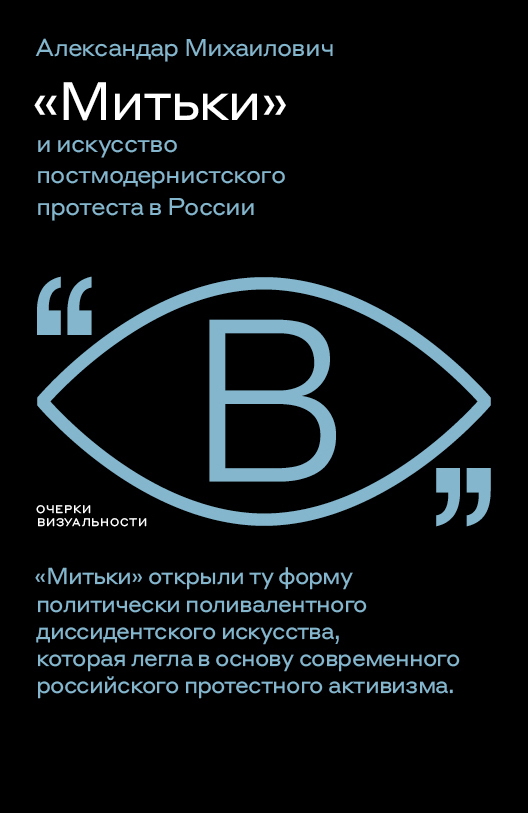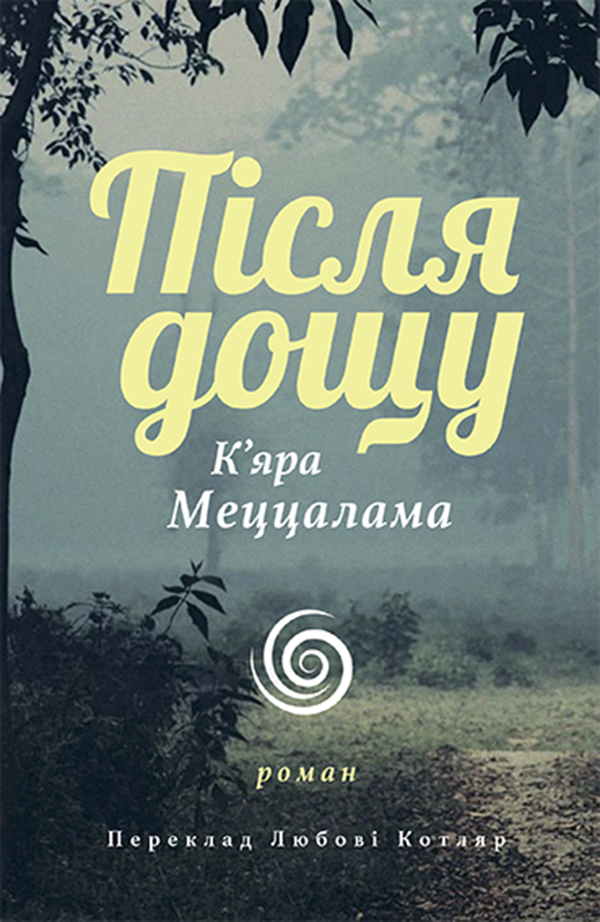Шрифт:
Закладка:
Что такое боль? Как она ощущается и описывается? Так ли универсальны наши представления о ней? Как показывает книга Роба Боддиса, эти вопросы только кажутся элементарными: ответы на них совсем не просты. Обращаясь к разным дисциплинам от истории, политологии и антропологии до психологии, психиатрии и нейронаук, автор анализирует, как наша боль связана с культурой, к которой мы принадлежим. Страдания физические и психологические, пытки и мазохизм, древнейшие и новейшие медицинские теории, суеверия, расовые и гендерные предубеждения… Накопленный нами опыт переживания боли становится историей взаимодействия разума и тела — взаимодействия, которое всегда существует в культурном контексте. Роб Боддис — писатель, историк эмоций, автор нескольких книг о боли и истории медицины, исследователь в университете Тампере (Финляндия).
